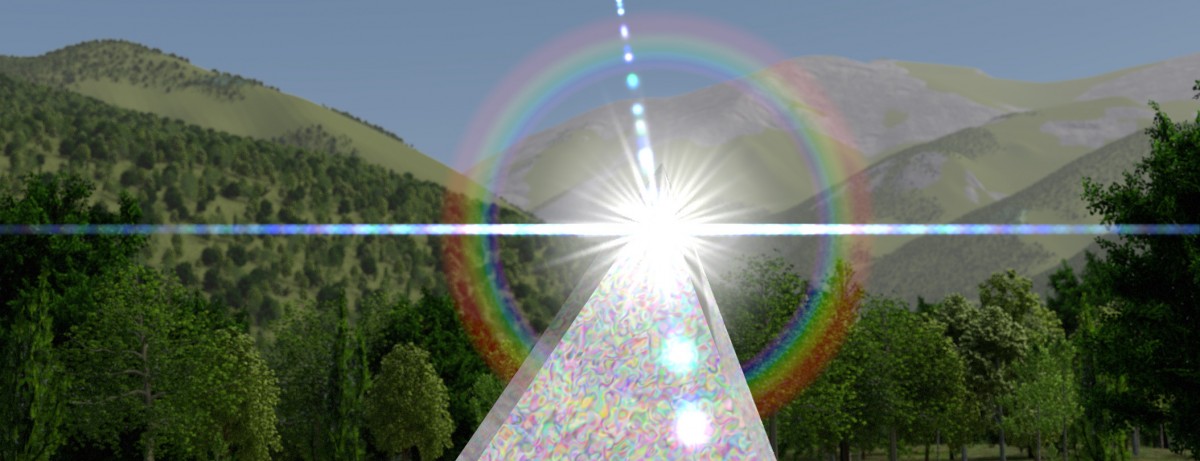Apple TV recently put out a show loosely inspired by Asimov’s Foundation books. I was really excited and subscribed for a few months specifically to watch it. In general it is interesting TV, but it does not follow the original material, nor even respect the underlying philosophy of Asimov’s work. We’ll get to that later.
The truly big idea in Asimov’s Foundation is “psychohistory”, a fictional discipline that analyzes the trajectory of civilizations over long periods of time. Psychohistory can’t tell you what a specific person will do, only what general trends will be.
Is there something like psychohistory in the real world? Absolutely! It is called System Dynamics (SD). In the mid 70s, some economists at MIT invented it as a method to understand how organizations behave. Then a study was commissioned to understand the future of our civilization as a whole, up to 2100. The results were reported in a famous book called “Limits to Growth”. Just like in the TV series, the powers-that-be didn’t like the conclusions and tried to vilify the messengers.
FWIW, I’m involved in modern-day SD. I used it to model how COVID cycles up and down due to human behavior. I’m also using it to model how people respond to information warfare. If I have a dire outlook on the future of humanity, it’s thanks to SD. That’s one reason why I wrote a pair of scifi novels where the world falls apart, then gets rebuilt using stored knowledge. There are a lot of parallels with Foundation.
Asimov’s Foundation (as distinct from David Goyer’s Foundation) spans a huge amount of time. Characters die and get replaced by new characters. Goyer could have made the series episodic, with basically new actors every episode. Instead he has apparently chosen to keep a consistent cast and use clever methods to keep them alive. Not sure if Goyer will succeed in giving us the full story with one set of characters, or if he has to compress it into a shorter period of time.
Emperor Cleon gets a lot of attention in the show. He is split into three clones, Brothers Dawn, Day and Dusk. These map to three phases of life, childhood, adulthood and old age. We also briefly see a newborn and Brother Darkness going to his death. This brilliant device externalizes pieces of the emperor’s character so he can introspect and have conflicting views on his decisions. Cleon is written so we can feel empathy for his situation yet also feel revulsion at the inhumanity of his actions.
Gaal Dornick and Salvor Hardin are a both black women, and as it turns out, mother and daughter. When Salvor first appears on screen, it is just after a narrative voiced by Gaal. Thus, it took me a while to realize it was actually a different character. The device to move them through time is cryo sleep. Lots of it. It still isn’t clear what role either of them really plays in the Goyer version. In fact, it’s not really clear what role the Foundation itself plays.
Hari Seldon, the instigator of everything, stays alive via upload. This is another clever move on Goyer’s part. Hari has an upload at both the Foundation and the Second Foundation. We can expect him to keep showing up and screwing with people’s lives. Unfortunately, when Goyer introduced upload into this world, he also created a big hole in the logic. Why in the world would Emperor Clean do the clone thing if he could be uploaded instead?!
Demerzel is a robot, so she is of course immortal. She is one of my favorite characters, and obviously the most conflicted. She is apparently trying to bring change to the Cleon genetic dynasty, yet at the same time has a laws-of-robotics type compulsion to remain loyal to it. This causes her to take actions that she absolutely detests. I find this construction absurd, both from a real cognitive-science perspective and from an interpretation of Asimov’s fictional laws of robotics. Just going on Asimov, the idea is that the laws are intrinsic to a robot’s motivational structure. The thing it most deeply wants is to follow the 3 laws. In the case of Demerzel, she most deeply wants something different, and somehow some other system kicks in and forces her to do things against her will. Where is that other system located, besides in herself?
This is just one example of how Goyer’s Foundation diverges from Asimov on a philosophical level. Another is a line by Salvor (attributed to Hari), “The entire galaxy can pivot around the actions of an individual.” That’s actually the exact opposite of Psychohistory. It (and real-world SD) is about large patterns over long periods of time, not individual actions. While the line makes a rousing scene and great TV, it utterly misses the idea.
This makes me wonder whether the show writers are simply dashing off drivel, of if they are consciously rejecting Asimov’s core concepts. Either case is a sin, though ignorance is less forgivable than a conscious choice to follow a different path. In the latter case, maybe they should give the show a different name.
